Understanding the Cost of Machinery:
When it comes to purchasing machinery, one might wonder why there is such a wide range in pricing. Several factors influence the cost of a machine, ranging from the quality of materials used to the engineering precision and craftsmanship involved. In this blog post, we will delve into the key determinants of machinery costs and explore why some machines are cheaper while others come with a hefty price tag.
Top 7 Reasons for the Cost of Machinery
Quality of Materials
One of the primary factors affecting the cost of a machine is the quality of materials used in its construction. High-quality materials, such as premium metals and alloys, ensure that the machine can withstand rigorous use and harsh environments, leading to better performance and longevity. For instance, machines made from high-grade stainless steel or titanium are generally more expensive due to the higher cost of these materials compared to standard steel or plastic which can be seen on our IG.
Engineering Precision & Craftsmanship
Engineering precision and craftsmanship play a significant role in the cost of machinery. Machines that require high precision in their design and assembly are more labor-intensive and demand skilled workmanship, thus increasing their cost. High-precision machines are often used in industries where accuracy is paramount, such as aerospace and medical device manufacturing. The expertise and time required to achieve such precision naturally result in a higher price point.
Durability and Reliability
Durability and reliability are crucial considerations for cost of machinery, especially in industries where downtime can lead to significant financial losses. Durable machines are built to last, often incorporating features that protect against wear and tear, corrosion, and other forms of degradation. Reliable machines maintain consistent performance over time, reducing the need for frequent repairs and replacements. Investing in durable and reliable machinery might come with a higher initial cost but can lead to long-term savings and efficiency.
Quality of Parts and Components
The quality of parts and components used in a machine directly impacts its overall performance and cost. Machines equipped with high-quality bearings, motors, and control systems tend to be more expensive due to the superior performance and longer lifespan of these components. High-end parts reduce maintenance needs and enhance the machine’s operational efficiency, justifying the higher price.
Technology and Innovation
Advanced technology and innovative features also contribute to the cost of machinery. Machines that incorporate the latest technological advancements, such as automation, IoT integration, and advanced control systems, are typically more expensive. These features enhance productivity, provide better control and monitoring, and often lead to improved product quality. The investment in cutting-edge technology ensures that businesses stay competitive and efficient in their operations.
Brand and Manufacturer Reputation
The reputation of the brand and manufacturer can also influence the cost of a machine. Established brands with a history of producing reliable and high-quality machinery often charge a premium for their products. These manufacturers invest heavily in research and development, quality control, and customer support, all of which add value to their machines. Buyers are often willing to pay more for the assurance of quality and the support that comes with a reputable brand.
Market Demand and Supply
Market dynamics such as demand and supply can affect the pricing of machinery. High demand for specific types of machinery can drive prices up, especially if the supply is limited. Conversely, machines that are in surplus or less in demand may be priced lower to attract buyers. Economic factors, including raw material costs and labor rates, also play a role in determining the final price of machinery.
Conclusion
The cost of a machine is influenced by a myriad of factors, including the quality of materials, engineering precision, durability, quality of parts, technology, brand reputation, and market dynamics. Understanding these factors can help buyers make informed decisions and choose the right machinery that offers the best value for their investment. While cheaper machines may save costs upfront, investing in high-quality, durable, and technologically advanced machinery can lead to better performance, reliability, and long-term savings.
For more insights on choosing the right machinery for your needs, visit TopMachineries.com.

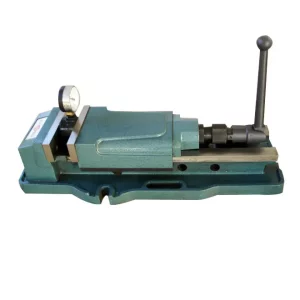
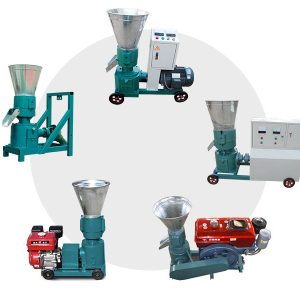
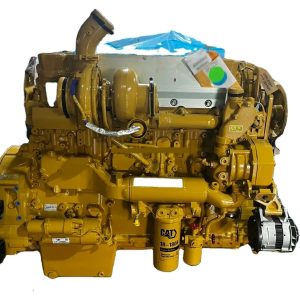
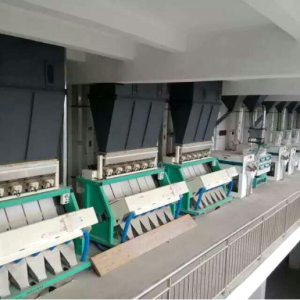

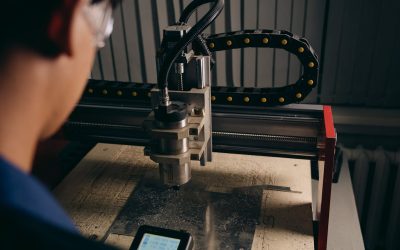



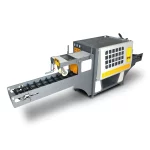
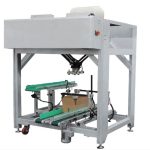
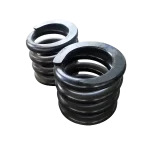
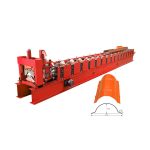
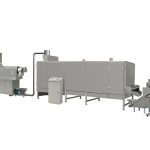

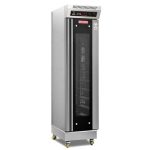
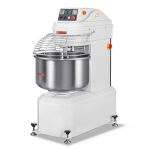
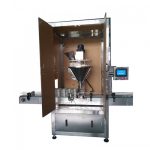
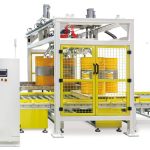
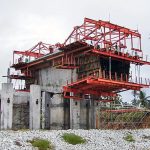
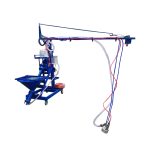
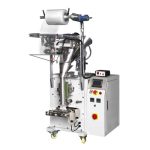
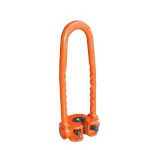
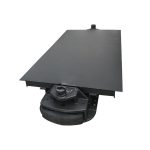
0 Comments